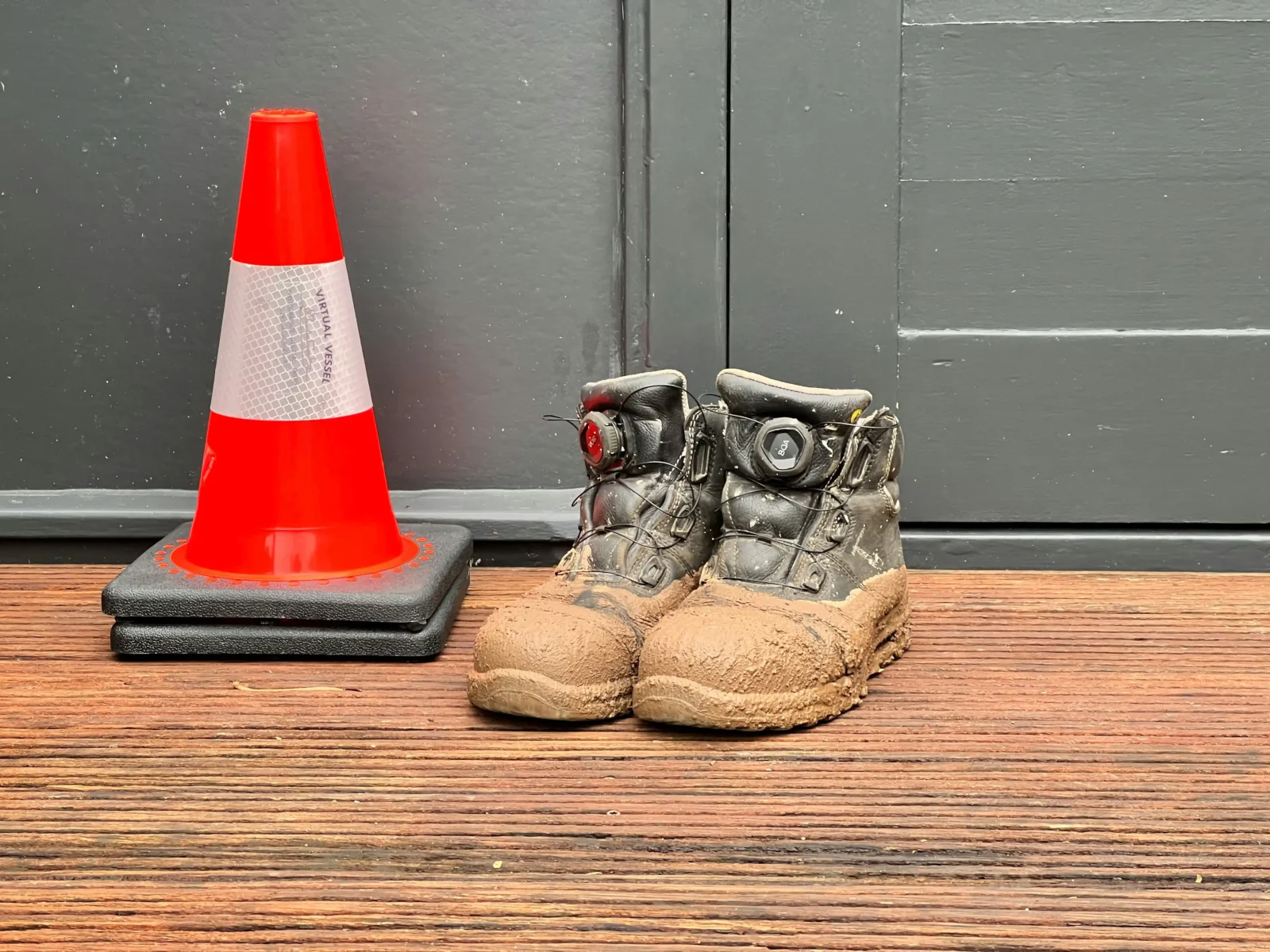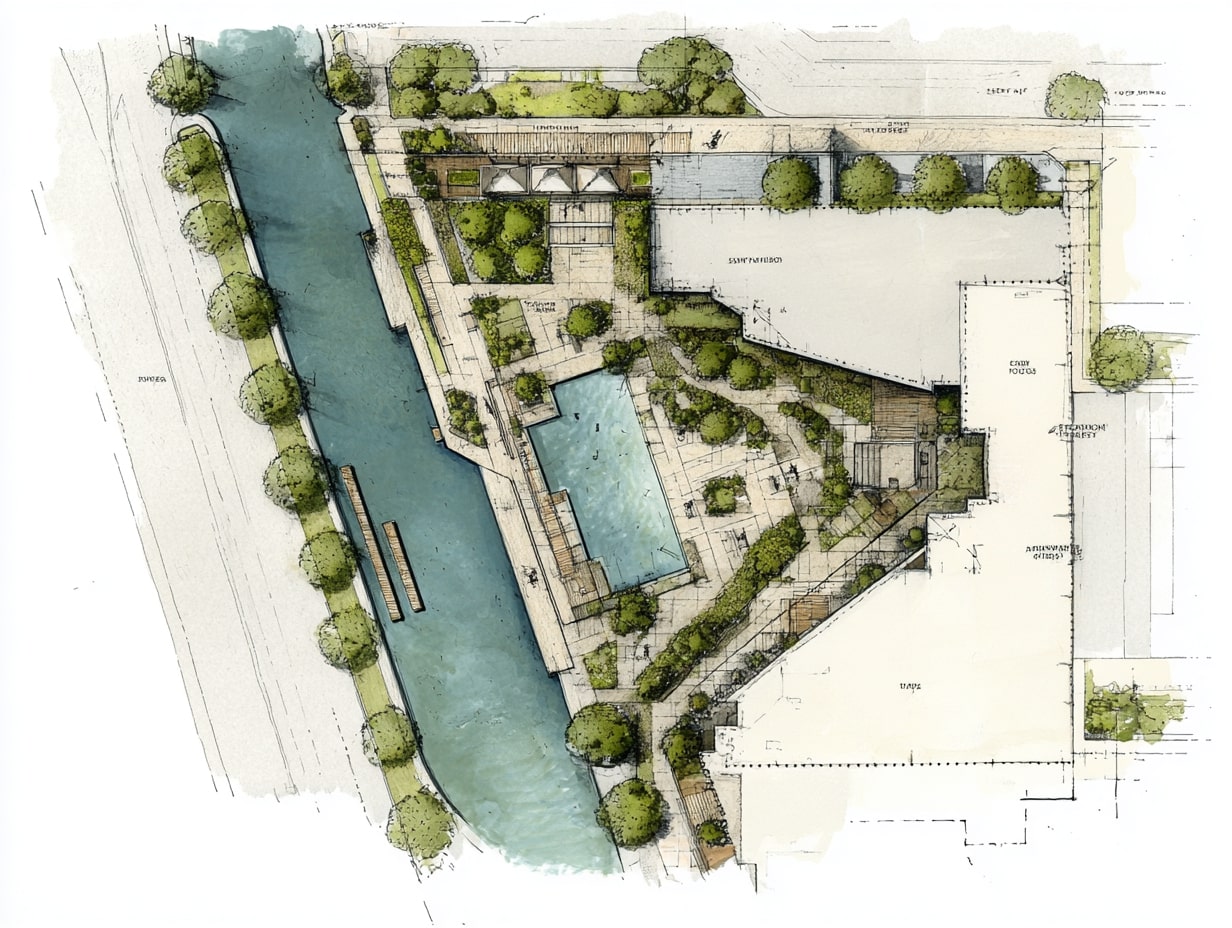- Home
- Articles
- Architectural Portfolio
- Architectral Presentation
- Inspirational Stories
- Architecture News
- Visualization
- BIM Industry
- Facade Design
- Parametric Design
- Career
- Landscape Architecture
- Construction
- Artificial Intelligence
- Sketching
- Design Softwares
- Diagrams
- Writing
- Architectural Tips
- Sustainability
- Courses
- Concept
- Technology
- History & Heritage
- Future of Architecture
- Guides & How-To
- Art & Culture
- Projects
- Interior Design
- Competitions
- Jobs
- Store
- Tools
- More
- Home
- Articles
- Architectural Portfolio
- Architectral Presentation
- Inspirational Stories
- Architecture News
- Visualization
- BIM Industry
- Facade Design
- Parametric Design
- Career
- Landscape Architecture
- Construction
- Artificial Intelligence
- Sketching
- Design Softwares
- Diagrams
- Writing
- Architectural Tips
- Sustainability
- Courses
- Concept
- Technology
- History & Heritage
- Future of Architecture
- Guides & How-To
- Art & Culture
- Projects
- Interior Design
- Competitions
- Jobs
- Store
- Tools
- More
How an Architect Grows on Social Media: Essential Tips and Strategies

In today’s digital age, social media has become a powerful tool for architects looking to expand their reach and showcase their work. With platforms like Instagram, LinkedIn, and Pinterest, we have the opportunity to connect with potential clients, collaborators, and a global audience. But how do we stand out in a sea of stunning designs and innovative structures?
Growing our presence on social media isn’t just about posting beautiful images. It’s about telling our story, engaging with our audience, and leveraging the right strategies to build a strong, recognizable brand. Let’s dive into the essential steps that can help us elevate our online presence and attract the attention our architectural talents deserve.

Table of Contents
ToggleUnderstanding the Role of Social Media for Architects
Architects leverage social media to showcase their work, connect with clients, and build a brand. It’s essential to understand the significance of digital presence and the platforms available to succeed.
The Importance of a Digital Presence
A robust digital presence attracts potential clients. Maintaining an active profile on platforms like Instagram and LinkedIn enhances visibility. Sharing projects, ideas, and experiences fosters engagement with a broader audience. Being present on social media allows architects to demonstrate their expertise and stay relevant in a competitive market.
Types of Social Media Platforms Used by Architects
Architects utilize various platforms to reach their target audience.
- Instagram: Visual content drives Instagram’s popularity. Architects share portfolio images and behind-the-scenes shots to connect with followers.
- LinkedIn: A professional network, LinkedIn helps architects establish authority by sharing industry insights, articles, and project updates.
- Pinterest: Architects use Pinterest to showcase design inspiration and engage with users interested in architecture and design ideas.
- Facebook: With a broad user base, Facebook provides an opportunity to share detailed project descriptions and client testimonials.
- YouTube: Architects reach audiences through video content, including project walkthroughs and educational tutorials.
Each platform offers unique opportunities, and using them effectively can significantly impact an architect’s growth and outreach.
Building a Strong Profile
Architects can leverage their social media presence by constructing a strong profile. A well-designed profile attracts followers, engages potential clients, and showcases a distinct brand identity.
Elements of a Compelling Architectural Profile
- Professional Photos: Use high-quality images of completed projects. Show diverse angles, highlight unique design elements, and ensure proper lighting.
- Detailed Bio: Write a concise bio emphasizing your expertise, unique style, and professional achievements. Add keywords related to architecture.
- Contact Information: Include email, phone number, and website. Make it easy for potential clients to reach you.
- Consistent Branding: Use a consistent color scheme, logo, and tone across all platforms. Reinforce your brand identity by maintaining visual consistency.
- Engaging Content: Share project updates, behind-the-scenes looks, and industry insights. Provide value to your audience by sharing both visuals and informative text.
- Keyword Integration: Use relevant architectural keywords in your posts, bios, and captions. Improve searchability by integrating industry-specific terms.
- Hashtags: Use popular hashtags like #architecture, #design, and #sustainablearchitecture. Increase post visibility by using 10-15 relevant hashtags.
- Post Frequency: Share content regularly. Maintain visibility by posting at least 3-4 times weekly.
- Engagement: Respond to comments, messages, and questions promptly. Build a community by engaging with followers.
- Cross-Promotion: Share content across multiple platforms. Reach a broader audience by promoting profiles on different social media sites.
Incorporating these strategies enhances an architect’s social media presence, attracting more followers and potential clients.

Content Strategies for Engagement
To grow on social media, architects must adopt effective content strategies. Understanding what types of content perform well and how to utilize visual and written content effectively is crucial.
What Types of Content Perform Well?
Certain content types resonate more with audiences. High-quality images showcase our designs with visual impact. Time-lapse videos of projects in progress captivate viewers and demonstrate our expertise. Client testimonials build credibility and trust. Sharing behind-the-scenes insights on projects humanizes our practice and engages followers. Informative posts about architectural trends and sustainable practices position us as thought leaders.
Utilizing Visual and Written Content Effectively
Visual content, like photos, videos, and infographics, grabs attention quickly. Use professional photography to highlight our work’s best features. Create short, engaging video clips to give followers a tour of completed projects. Written content also plays a vital role. Craft compelling captions for images, providing context and drawing viewers in. Publish blog posts about industry insights, incorporating SEO-friendly keywords. Mix visual and written elements for varied and engaging content.
Networking and Collaboration Opportunities
Networking and collaborating drive social media growth for architects. Harnessing these opportunities enhances visibility and fosters valuable connections.
Connecting With Industry Professionals
Architects benefit from connecting with industry professionals like interior designers, engineers, and contractors. Collaboration extends reach and opens avenues for partnership. LinkedIn provides an excellent platform for building these networks. Following industry leaders, participating in relevant groups, and engaging with thought leaders’ posts expand our professional circles. Attending virtual events and webinars also strengthens these connections.
Leveraging Social Media for Collaborative Projects
Social media platforms like Instagram and Pinterest facilitate collaborative projects. Sharing project sneak peeks and tagging collaborators boosts engagement. Creating co-branded posts with partners increases visibility. We should showcase successful collaborations through posts, stories, and highlight reels. Highlighting each partner’s contribution adds value and encourages mutual promotion. Utilizing hashtags like #collaboration, #projectpartner, and #architectpartners helps reach wider audiences and emphasizes teamwork.

Measuring Success on Social Media
Tracking performance on social media allows architects to refine strategies and enhance engagement. Let’s delve into the essential metrics and tools architects can use.
Key Metrics to Monitor
Several metrics provide valuable insights into social media performance:
- Follower Growth: The increase in followers over time indicates rising interest and expanded reach.
- Engagement Rate: The ratio of interactions (likes, comments, shares) to total followers demonstrates content effectiveness.
- Impressions vs. Reach: Impressions count how often posts appear on users’ screens, while reach denotes unique viewers.
- Click-Through Rate (CTR): The number of clicks on links per impression measures content’s ability to drive traffic.
- Conversion Rate: The percentage of website visitors completing desired actions (e.g., form submissions) reflects campaign success.
Tools and Techniques for Analysis
Various tools assist in analyzing and interpreting these metrics:
- Google Analytics: Monitors website traffic from social media and reveals user behavior patterns.
- Social Media Platforms’ Insights: Instagram, LinkedIn, and Facebook offer built-in analytics for follower demographics and engagement stats.
- Hootsuite: Provides comprehensive analysis, scheduling, and reporting for multiple social profiles.
- Sprout Social: Delivers detailed analytics on content performance and audience engagement.
- Canva Pro: Although primarily a design tool, it includes insights on post performance for visuals created within the app.
By consistently tracking these metrics and employing these tools, architects can fine-tune their social media presence, build a larger audience, and convert followers into potential clients.
Conclusion
In leveraging social media, architects can significantly enhance their visibility and reputation in the industry. Focusing on platforms like Instagram, LinkedIn, Pinterest, Facebook, and YouTube allows us to showcase our work and connect with potential clients. Establishing a strong brand through professional photos, detailed bios, and consistent engagement helps us stand out.
Consistent monitoring of metrics like follower growth, engagement rate, and click-through rate provides valuable insights. Tools like Google Analytics, Hootsuite, and Canva Pro aid in refining our strategies. By combining high-quality content with strategic analysis, we convert followers into potential clients, ensuring sustained growth in our architectural practice.
Trained as an architect and seasoned in the editorial trenches, I turn raw design concepts into compelling narratives that resonate beyond studio walls. My work spans in-depth project spotlights, interviews with visionary designers, and analysis pieces that distill complex technical data into accessible insights. Whether polishing copy for publication or generating original features, I draw on years of practice to ensure every sentence captures architecture’s rigor, poetry, and cultural impact—inviting professionals and enthusiasts alike to see the built environment through a sharper, more inspired lens.
Submit your architectural projects
Follow these steps for submission your project. Submission FormLatest Posts
Shipping Containers as Functional Infrastructure on Construction Sites
Construction sites are temporary by definition, yet the systems that support them...
Understanding Site Safety Footwear in Architectural Practice
Architecture is often discussed through drawings, models, and finished buildings, yet a...
General Arrangement Drawings in Architecture: The Backbone of Clear Design Communication
General Arrangement Drawings explained: what they are, when to use them, how...
The Ultimate Guide to Fencing in North Dakota: Choosing the Best Fence for Your Property
Watching a chain link fence twist in 70 mph winds near Minot...












Leave a comment